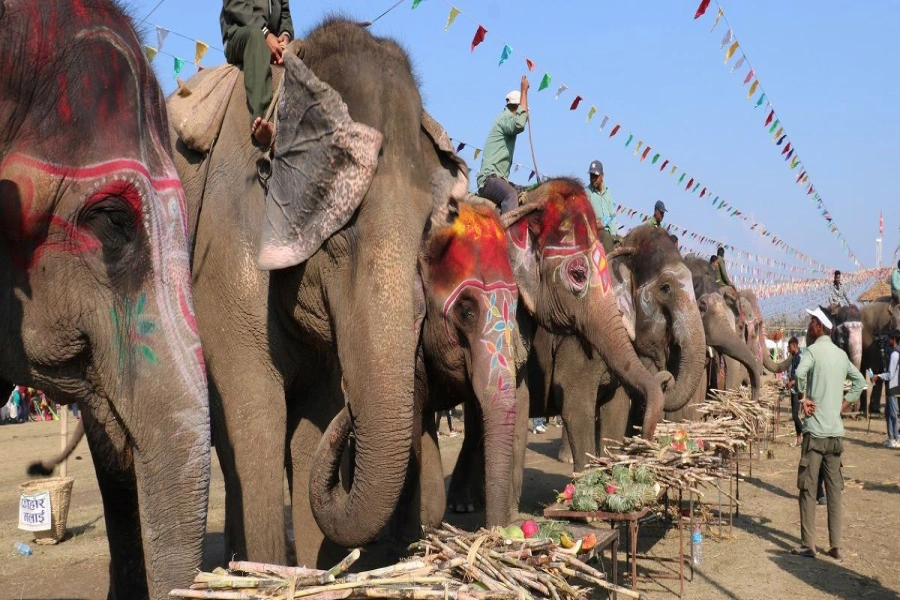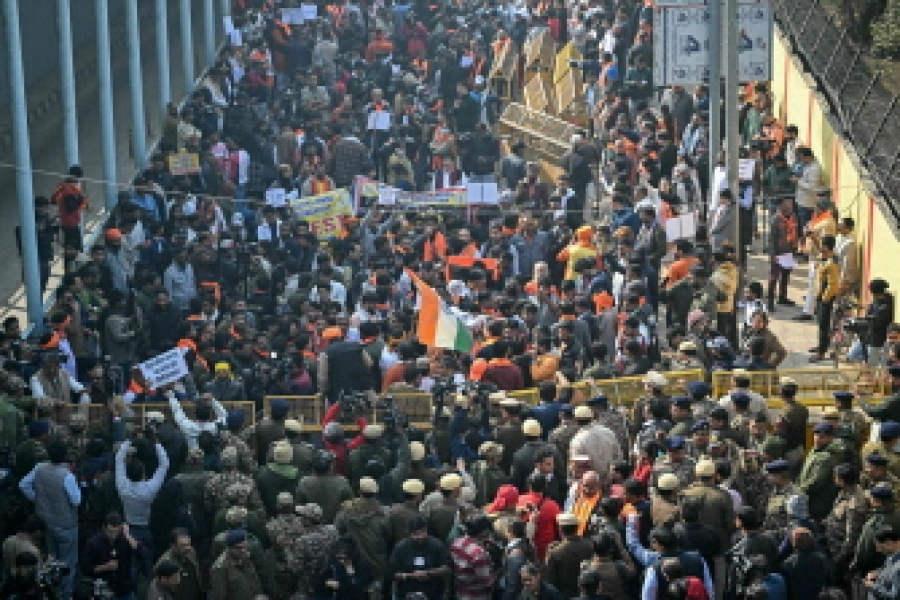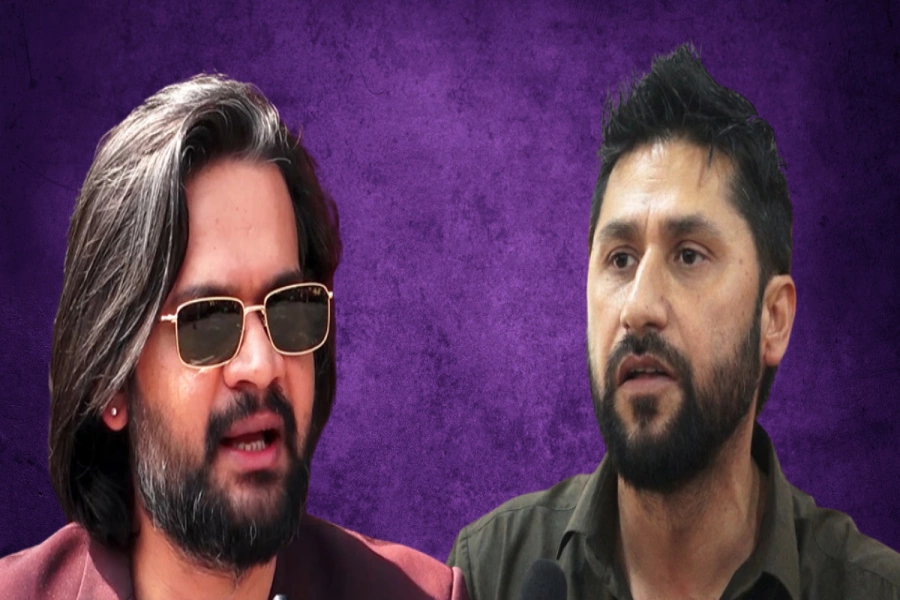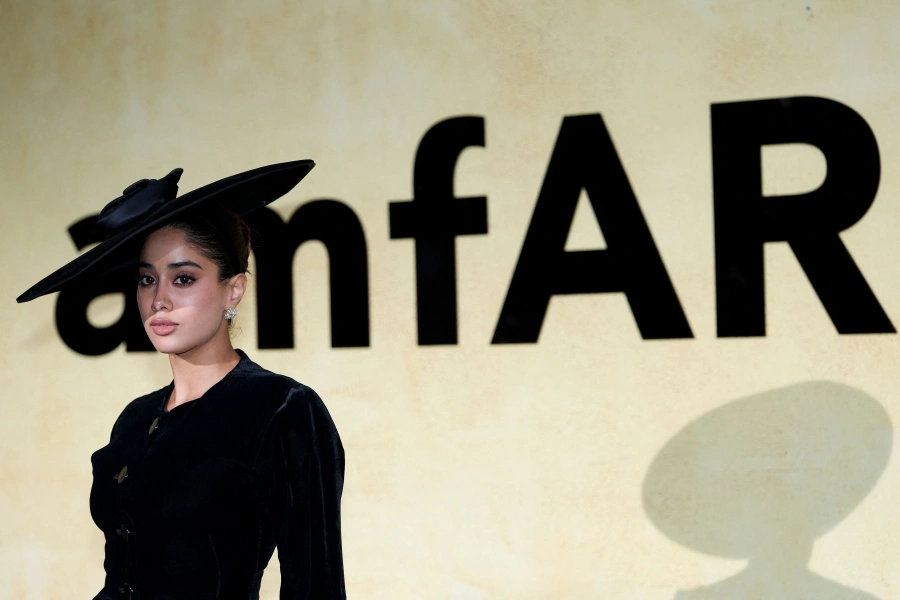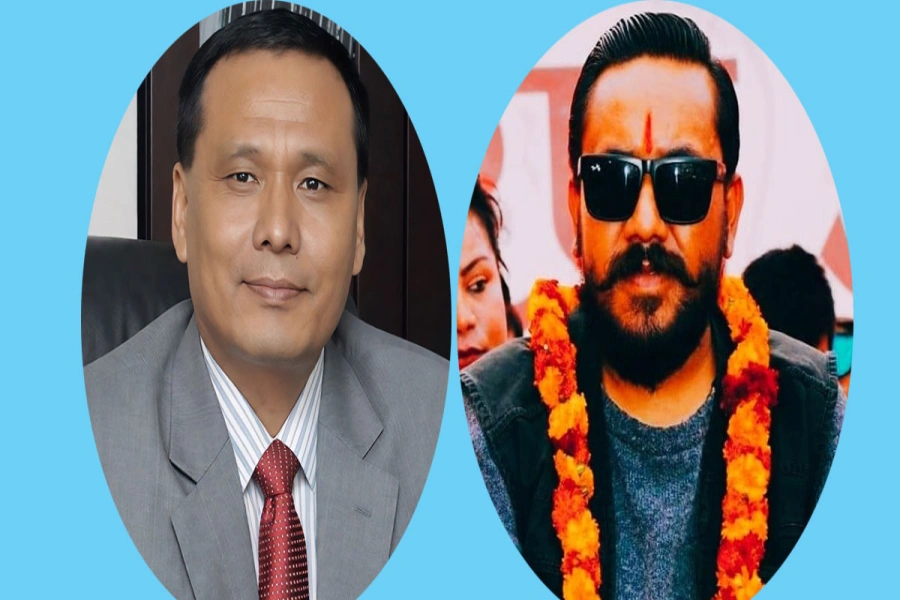I have always been fascinated by Kathmandu. It’s a city of contradictions and that’s what I like about it the most. Usually, in other countries, there are always cities that are more popular than the capital itself but Kathmandu is a city that stands out on its own. It’s a city where the new and the old merge. From posh restaurants to tiny little teashops, Kathmandu accommodates all kinds of people and whatever it is that you want you will find it in Kathmandu.
As a child, who was exposed to the internet, I always wished I was born somewhere else. There are so many places that look simply amazing. And because things that I couldn’t have always seemed better, I always wished I were anywhere but in Kathmandu. It was also fueled by adults around me telling me that things were so much better outside Nepal, say in America, and that there was “no future” here in Nepal. So, for me, being born and brought up in one of the most developed cities in Nepal wasn’t enough. There is one riot or the other every day, the air reminds one of Mad Max, the traffic is terrible, the roads are lined with trash and the public transportation is a trip to hell (seriously, are we ever going to fix that?).
However, all my pointless hope of being raised in a summer house in Italy was never going to come true and so here I was stuck with Kathmandu whether I liked it or not. Surprisingly though, as I grew up Kathmandu too grew on me. Not in terms of development or quality of life, but in terms of how it was a young and alive merging of traditions and modernization. For example, if you were to walk around any of the Durbar Squares in Kathmandu, you will see these old traditional homes covered in contemporary art and graffiti. Similarly, you see musicians circling back to traditional instruments and music and creating something new and fascinating. This, to some extent, made me realize that Kathmandu wasn’t so bad after all, as there are people who strive to make the best of what they have. It’s made me see the city in a new light.
Side effects from COVID-19 booster shots more common than from...

And ever since coming to that realization, Kathmandu has had an aesthetic feel for me. From the narrow, primitive and local alleyways to the rush of people at the Baneshwor’s zebra crossing, Kathmandu is a city that is ever so alive and bustling. People watching is something I have always enjoyed and it’s even more fun in Kathmandu. I love observing people lost in their thoughts, completely unaware of their surroundings. And as I notice all this, I often find myself smiling at how many dreams and aspirations this city has on its shoulders.
The architecture in Kathmandu is also one of my favorite things about the city. There is a temple or two at every nook and corner and traditional Nepali styles home and a box-shaped modern house live joined together and in peace. Especially at dusk, eclecticism in architecture shines beautifully in red, orange, and copper colors making you feel like you are a character in a Wong Kar-wai film. Kathmandu is at its best at dusk.
It took me many years to appreciate Kathmandu and its eccentricities. And as I started appreciating the imperfections of Kathmandu, it dawned on me that I usually equated Nepal with Kathmandu. But that’s sadly not a reality. Even though people living in Kathmandu are far more privileged than those living in a rural village, we want that extra bit of comfort and development and thus we tend to detach ourselves from accepting the fact that it’s only a limited population that has the luxury of listening to jazz, the other ninety percent still struggle for food and other basic amenities. And for us the urban population, we can touch and experiences the highest comforts in life but we can’t ignore the daily struggles of an under-developed nation.
And this spills into our modern culture as well. For most of my childhood – thanks to how English is given priority among Nepali parents and children – I grew up thinking music, books, and even art were the best anywhere but here, be it Europe, America or Japan. And in many aspects, it probably still is. And hey I agree that a person should be allowed to learn whatever language he/she wants to but isn’t it also a total shame to completely ignore a language our ancestors grew up with?
However, this is not to say that we are completely mindless of our culture or that we are dull either. Some of us are making the best of what we’ve got – we are managing to run businesses, create art, music, literature that are worth appreciating. If we were to look at literature by laureates like Lekhnath Paudyal or Laxmi Prasad Devkota then we realize they were just as thoughtful as Thoreau and Tagore. However, we tend to dismiss them just because they were Nepali.
As Kathmandu residents, we get the best and worst of both worlds. And I think this fusion is what leads to the aestheticism of Kathmandu, it’s what gives this city a depth and a melancholy yet beautiful charm. It would be a sin to ignore the good bits because there are so many problems in the city. Potholes and pollution can’t take away the fact that the city has a lot to offer in terms of history and culture. I wish a solution to the potholes and pollution problem wasn’t a farfetched dream but I’m not going to let that stop me from enjoying all the good things Kathmandu seems to be teeming with.
archaryaurza8170@gmail.com



